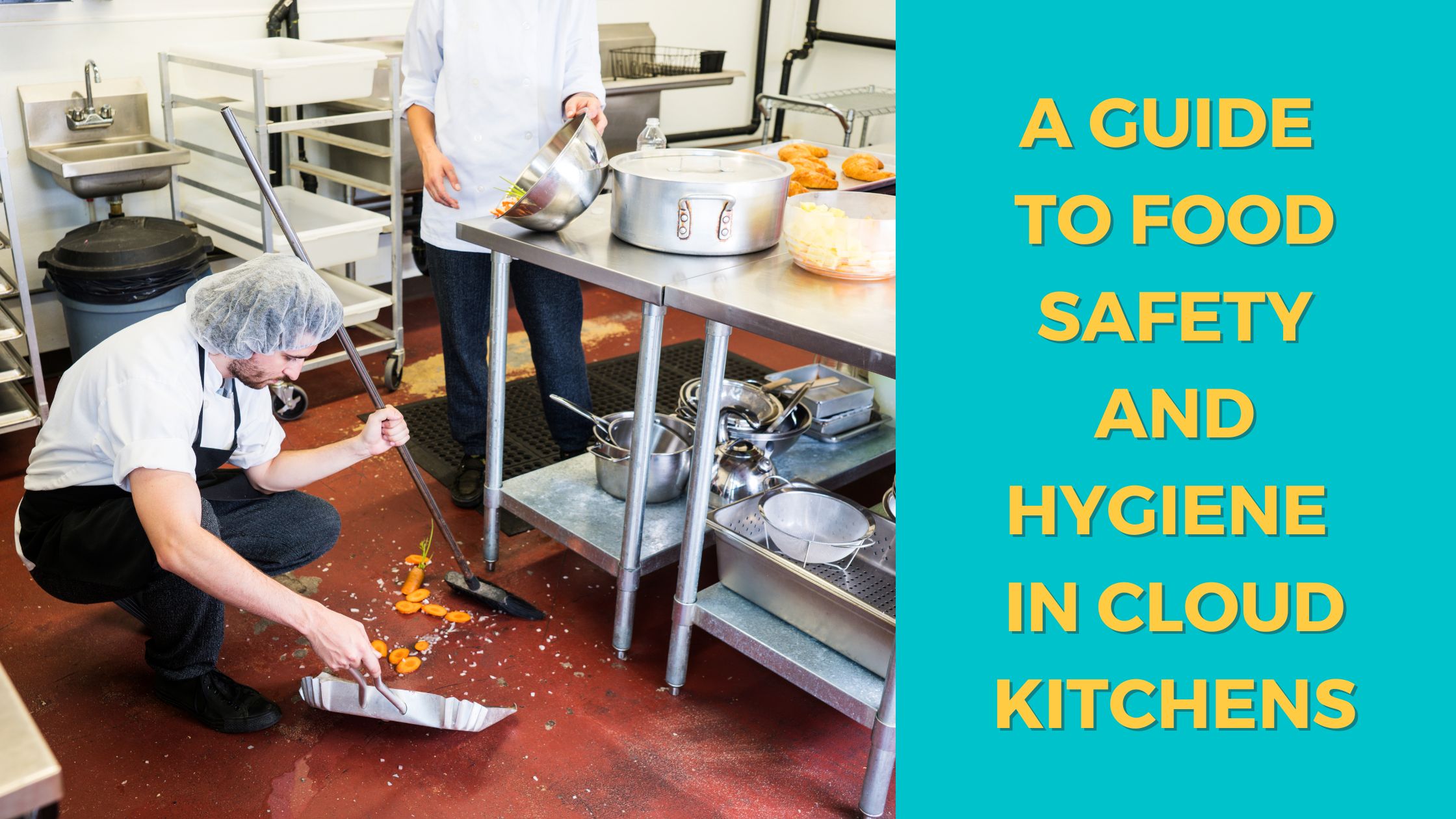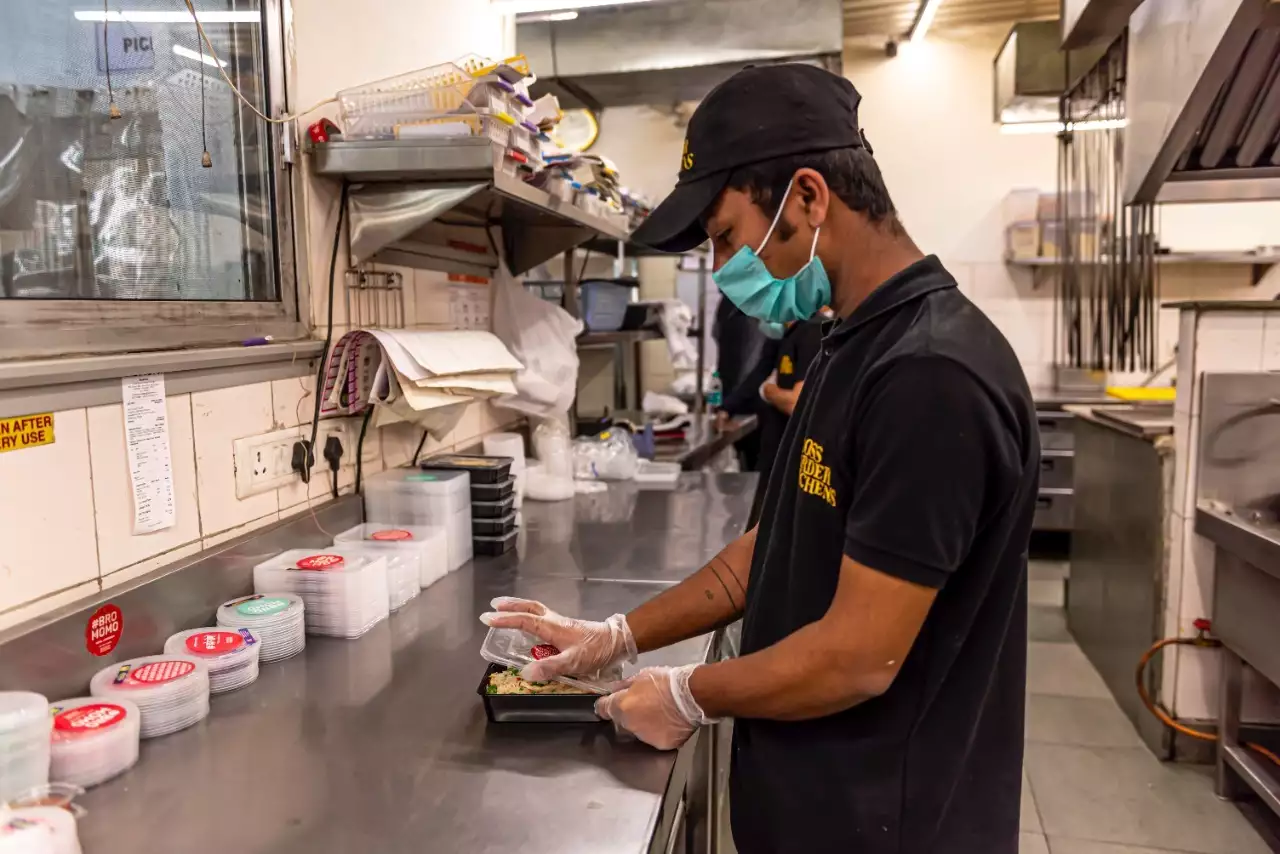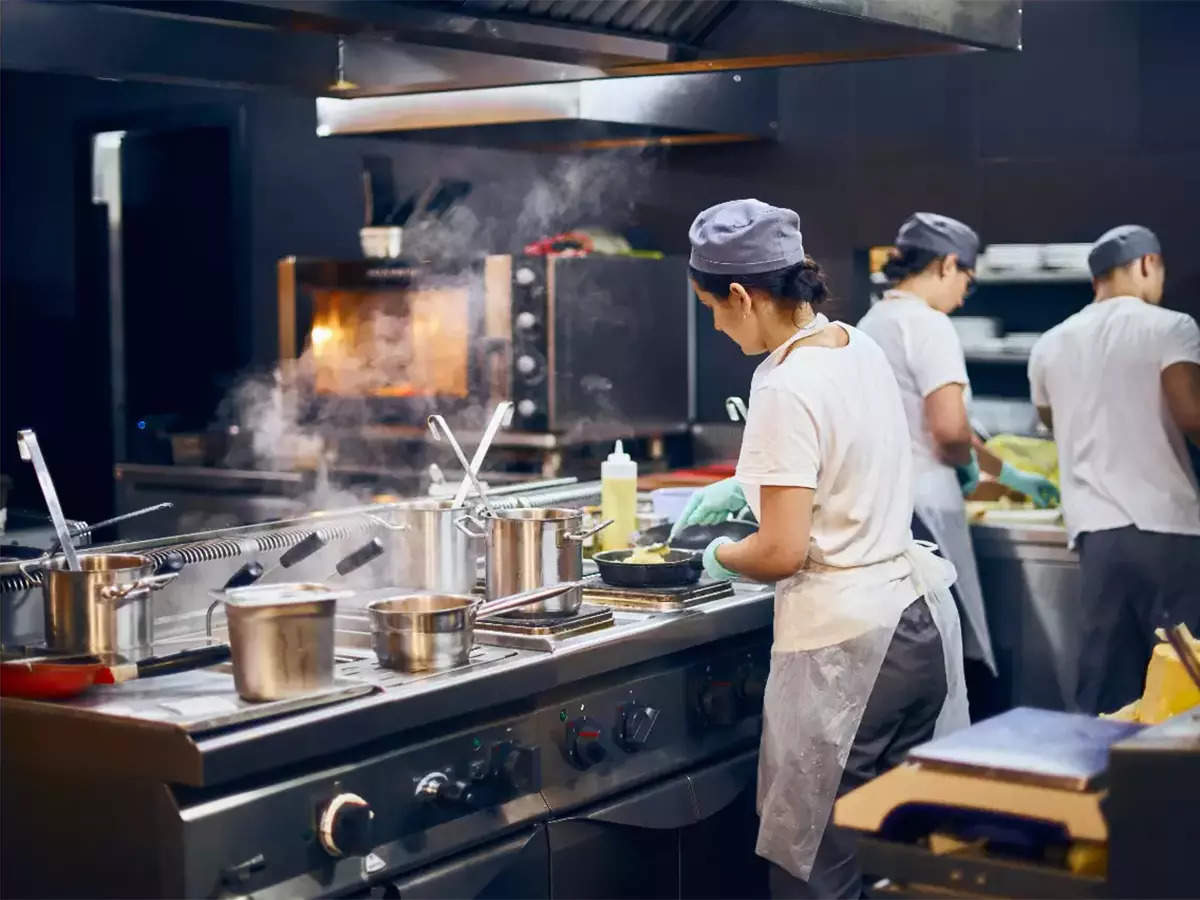
Ensuring Culinary Excellence: A Guide to Food Safety and Hygiene in Cloud Kitchens
Introduction
In the realm of cloud kitchens, where culinary creations travel from kitchen to customer without the intermediary of a physical dining space, the importance of maintaining impeccable food safety and hygiene cannot be overstated. In this comprehensive guide, we will explore the critical role of maintaining high standards of food safety and hygiene in cloud kitchens. From practical tips to best practices, let’s uncover the key ingredients for success in building and sustaining customer trust.
Understanding the Significance of Food Safety in Cloud Kitchens
The Trust Factor
Customer Expectations: In an era where consumers are more conscious than ever about the quality and safety of the food they consume, meeting and exceeding food safety standards is crucial. It directly impacts customer trust and loyalty.
Operational Integrity
Beyond customer trust, adhering to rigorous food safety and hygiene practices contributes to the overall operational integrity of a cloud kitchen. It minimizes the risk of foodborne illnesses, legal issues, and damage to the brand’s reputation.

Best Practices for Ensuring Food Safety and Hygiene in Cloud Kitchens
Setting the Foundation
Compliance with Regulations
Stay informed about local and national food safety regulations. Ensure that your cloud kitchen operations align with these standards, covering food handling, storage, and sanitation.
Staff Training and Certification
Invest in comprehensive training for your kitchen staff on food safety protocols. Certifications, such as ServSafe, provide a standardized and recognized framework for ensuring that your team is well-versed in best practices.
Regular Audits and Inspections
Conduct regular internal and external audits to assess compliance with food safety standards. This can involve hiring third-party inspectors or engaging with local health authorities to ensure that your cloud kitchen meets or exceeds expectations.
Maintaining Hygiene in Food Handling
Personal Hygiene Protocols
Enforce strict personal hygiene practices among kitchen staff. This includes regular handwashing, the use of protective gear such as gloves and hairnets, and a policy against working while ill.
Colour-coded utensils and Cutting Boards
Implement a colour-coded system for utensils and cutting boards to prevent cross-contamination between different types of food. This simple yet effective practice ensures that allergens or bacteria from one food item do not transfer to another.
Temperature Control
Monitor and control food temperatures at every stage of preparation and storage. This includes using thermometers to verify that foods are cooked and stored at temperatures that prevent bacterial growth.

Effective Food Storage Practices
Proper Refrigeration
Clearly define and adhere to guidelines for refrigeration. Ensure that refrigerators are set to the correct temperatures, and regularly check for any malfunctions or issues that could compromise food safety.
First In, First Out (FIFO)
Implement the FIFO method for food storage. This ensures that older ingredients are used first, minimizing the risk of items reaching their expiration dates unnoticed.
Dedicated Storage Areas
Designate specific storage areas for different types of food items. This organization reduces the risk of cross-contamination and makes it easier for staff to locate ingredients efficiently.
Sanitation and Cleaning Protocols
Frequent Cleaning Schedules
Establish a thorough and consistent cleaning schedule for all kitchen surfaces, utensils, and equipment. Regular cleaning reduces the risk of bacterial growth and ensures a hygienic working environment.
Chemical Safety
Train staff on the safe use of cleaning chemicals. Proper dilution and application are essential to prevent contamination of food items and maintain a safe working environment.
End-of-Day Procedures
Implement comprehensive end-of-day cleaning procedures to prepare the kitchen for the next day. This includes deep equipment cleaning, disposing of perishable items, and sanitizing surfaces.
Technology Integration for Enhanced Safety
Temperature Monitoring Systems
Invest in temperature monitoring systems that provide real-time alerts in case of temperature fluctuations in refrigerators and freezers. This technology ensures that food items are stored at safe temperatures consistently.
Digital Record Keeping
The transition from manual record-keeping to digital systems for tracking food safety procedures. Digital logs make it easier to maintain and review records, streamlining the audit process.
Quality Assurance Software
Consider implementing quality assurance software that integrates various aspects of food safety, from inventory management to employee training. These platforms can help automate compliance checks and ensure that standards are consistently met.
Overcoming Challenges and Adapting to Change
Adapting to Evolving Standards
Stay Informed
Keep abreast of emerging food safety trends and updates to regulations. Attend workshops, webinars, and industry conferences to stay informed about the latest best practices and technologies.
Continuous Training
Implement ongoing training programs for staff to ensure that they remain updated on the latest food safety protocols. This is particularly crucial when introducing new menu items or altering kitchen processes.
Addressing External Factors
Supply Chain Considerations
Evaluate the food safety practices of your suppliers. Collaborate with reputable suppliers who adhere to the same high standards, ensuring that the ingredients reaching your kitchen meet rigorous safety criteria.
Crisis Management Plans
Develop crisis management plans for food safety incidents. This includes protocols for recalling products, communicating with customers, and addressing any potential legal implications.
The Future of Food Safety in Cloud Kitchens
Innovation and Beyond
Blockchain Technology
Explore the potential of blockchain technology for enhancing traceability in the food supply chain. This technology provides a transparent and immutable record of every step in the journey of ingredients from farm to kitchen.
Advanced Pathogen Detection: Stay tuned to advancements in pathogen detection technologies. From AI-driven sensors to rapid testing methods, innovations in this field could revolutionize how cloud kitchens ensure the safety of their offerings.
In Conclusion: A Commitment to Excellence
Ensuring food safety and hygiene in cloud kitchens is not just a legal requirement; it is a commitment to excellence and customer well-being. By implementing robust practices, leveraging technology, and staying proactive in addressing challenges, cloud kitchens can build a reputation for trust and quality. The journey from kitchen to customer is a sacred one, and with the right practices in place, cloud kitchens can confidently navigate this path, delivering not just meals but a promise of safety, flavor, and culinary excellence.